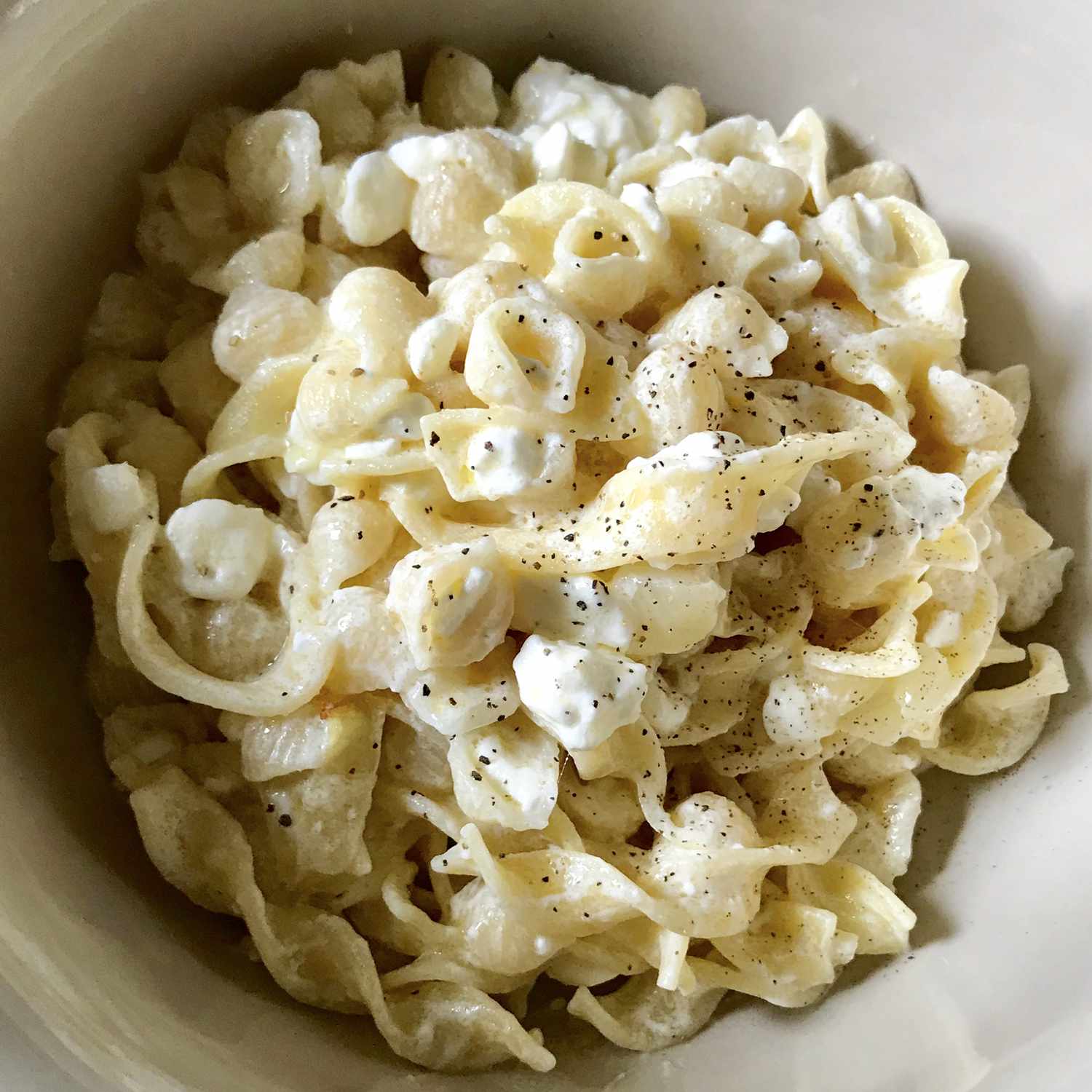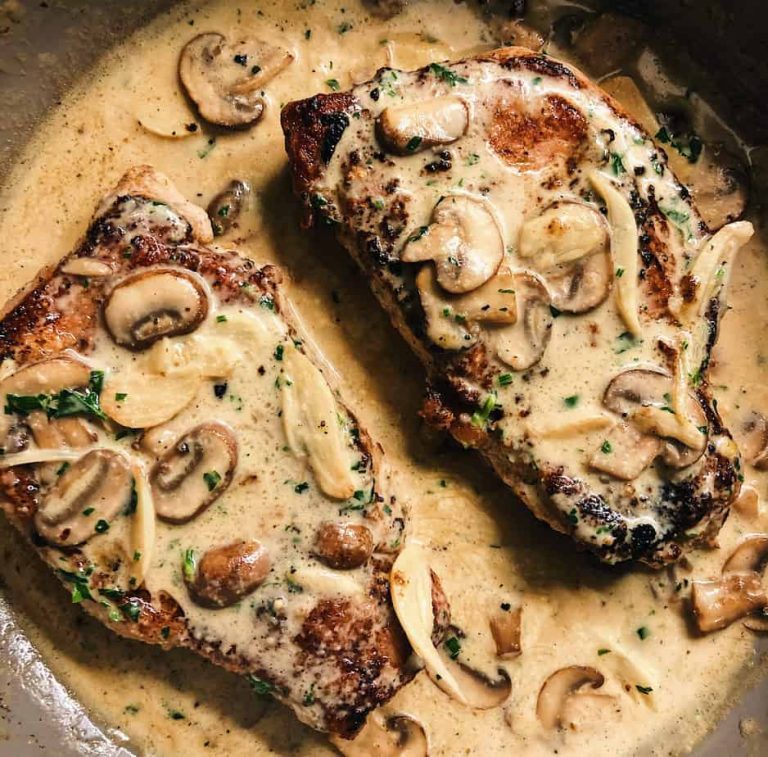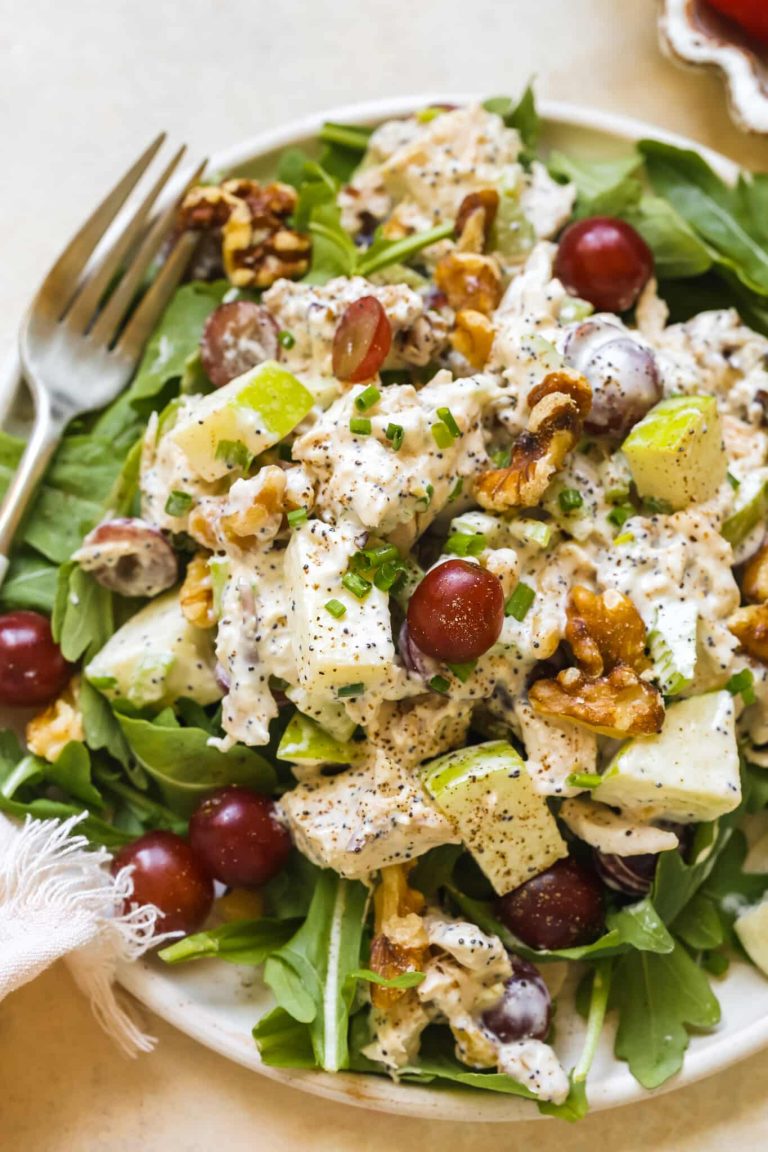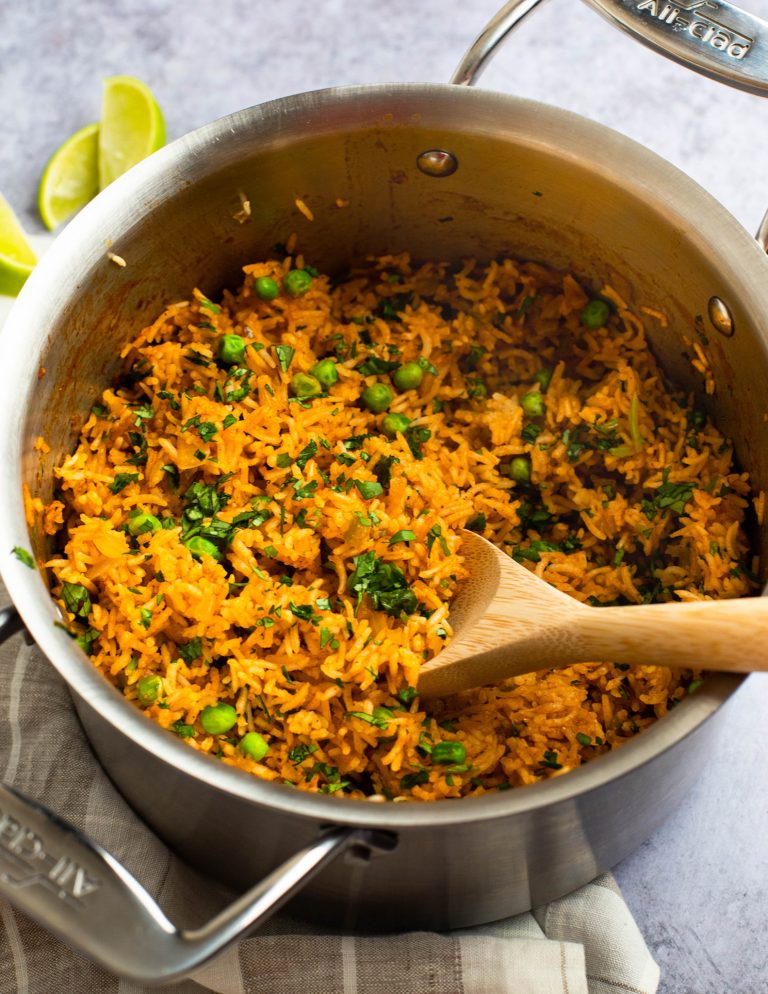Cabbage And Noodles Recipe: A Delicious, Easy, and Healthy Eastern European Dish
The roots of cabbage and noodles trace back to Eastern Europe. Known as “haluski” in Slovakia or “kaposztás tészta” in Hungary, this dish combines humble ingredients with hearty flavors. With cabbage cultivation dating back thousands of years, it likely became a staple in regional diets due to its availability and nutritional value. Noodles, introduced later through trade, complemented cabbage well, creating a balanced, adapted meal.
Cultural Significance
Cabbage and noodles hold a special place in various cultures. In Polish cuisine, cooks prepare “łazanki z kapustą” during special occasions. This dish symbolizes simplicity and communal identity, often shared at family gatherings. In Hungarian regions, it signifies home-cooked comfort, bringing people together. The combination of these ingredients thus represents more than sustenance—it embodies a shared culinary heritage, reflecting history and tradition across generations.
Key Ingredients and Variations
Essential Ingredients for Cabbage and Noodles
To make cabbage and noodles, you need a few basic ingredients. Start with green cabbage, which is commonly used due to its crispy texture and mild flavor. Medium-sized onions add sweetness and depth. Egg noodles serve as the staple component, offering a hearty base for the dish. Light olive oil or butter is essential for sautéing, creating a rich and savory taste.
For seasoning, salt and pepper bring out the natural flavors of the cabbage and noodles, while caraway seeds can add an earthy note. You can use garlic to enhance the overall aroma. If you like a bit of color and extra flavor, include some diced bell peppers or sliced carrots.
Popular Variations Around the World
Cabbage and noodles vary globally, reflecting culinary diversity. In Slovakia, “haluski” incorporates bacon or sausage, adding a smoky flavor. Hungarian “kaposztás tészta” often features paprika, imparting a distinct taste.
In Germany, a similar dish called “krautfleckerl” uses square-shaped pasta and sometimes includes ham. In Poland, “łazanki” adds mushrooms and caraway seeds, creating a more layered flavor profile. Asian versions might mix in soy sauce and sesame oil, offering a different yet appealing taste experience. Each variation highlights regional ingredients and cooking techniques, contributing to the dish’s universal charm.
How to Prepare Cabbage and Noodles
Step-by-Step Guide
- Prepare Ingredients: Gather 1 medium green cabbage, 1 large onion, 12 oz of egg noodles, 2 tbsp of butter, salt, and pepper. Optionally, include bacon, paprika, or mushrooms based on regional variations.
- Cook Noodles: Bring a pot of salted water to boil. Cook the egg noodles for 6-8 minutes until al dente. Drain and set aside.
- Slice Cabbage and Onions: Thinly slice the cabbage and onion. Aim for uniform slices to ensure even cooking.
- Sauté Onions: In a large skillet, melt butter over medium heat. Add the sliced onions and cook until translucent, about 5 minutes.
- Cook Cabbage: Add sliced cabbage to the skillet. Season with salt and pepper. Cook for 10-12 minutes, stirring occasionally until the cabbage softens and gets a slight caramelization.
- Combine Noodles and Cabbage: Incorporate cooked noodles into the skillet. Stir well to combine. Cook for an additional 2-3 minutes.
- Final Touches: Adjust seasoning with salt and pepper. If desired, add regional ingredients like bacon or paprika at this stage. Serve hot.
- Butter to Oil Ratio: Balance butter with a small amount of oil to prevent burning and enhance flavor.
- Uniform Slices: Ensure cabbage and onions are uniformly sliced for even cooking.
- Al Dente Noodles: Cook noodles al dente to prevent them from becoming mushy when combined with cabbage.
- Seasoning Layers: Season cabbage and onions during cooking for a deeper flavor profile.
- Fresh Ingredients: Use fresh cabbage, onions, and noodles to enhance the dish’s overall taste and texture.
Nutritional Information
Health Benefits of Cabbage
Cabbage offers a wealth of health benefits. It’s packed with vitamins C and K, which aid in immune function and blood clotting. You also get fiber, which promotes digestive health and helps maintain blood sugar levels. Cabbage’s antioxidants, including polyphenols, can reduce inflammation and protect cells from damage.
Caloric Content of the Dish
The caloric content of cabbage and noodles varies based on ingredients and portion sizes. A typical serving of this dish, using a mix of cabbage, onions, egg noodles, butter, and seasoning, averages around 200-300 calories. For example, egg noodles account for about 200 calories per cup while cabbage contributes about 22 calories per cup. Butter or oil adds another 100 calories per tablespoon. Adjust serving sizes and ingredients to meet dietary needs.
Pairing Cabbage and Noodles with Other Dishes
Recommended Appetizers
Tomato Soup enhances the earthy flavors of cabbage and noodles. Serve a warm bowl of tomato soup as a starter to set a cozy ambiance. Garlic Bread, with its crispy texture and savory taste, offers a delicious contrast when paired with the softer cabbage and noodles. Mixed Green Salad, by adding fresh vegetables and a light vinaigrette, balances the meal’s richness.
Complementary Main Courses
Roast Chicken pairs perfectly, its succulent meat complementing the savory cabbage and noodles. Grilled Sausages offer a robust flavor that enhances the dish’s simplicity. You can include Pan-Seared Fish for a lighter option while maintaining a flavor-packed meal. Beef Stew, with its hearty texture, provides a satisfying depth, rounding out the dining experience.
Conclusion
Cabbage and noodles offer a delicious and versatile dish rooted in Eastern European tradition. Whether you’re looking for a quick meal or a side dish, this recipe’s simplicity and adaptability make it a go-to option. With its nutritional benefits and rich flavors, it’s easy to see why this dish has stood the test of time. Pair it with complementary appetizers and main courses to elevate your dining experience. So, next time you’re in the kitchen, give cabbage and noodles a try—you won’t be disappointed.






